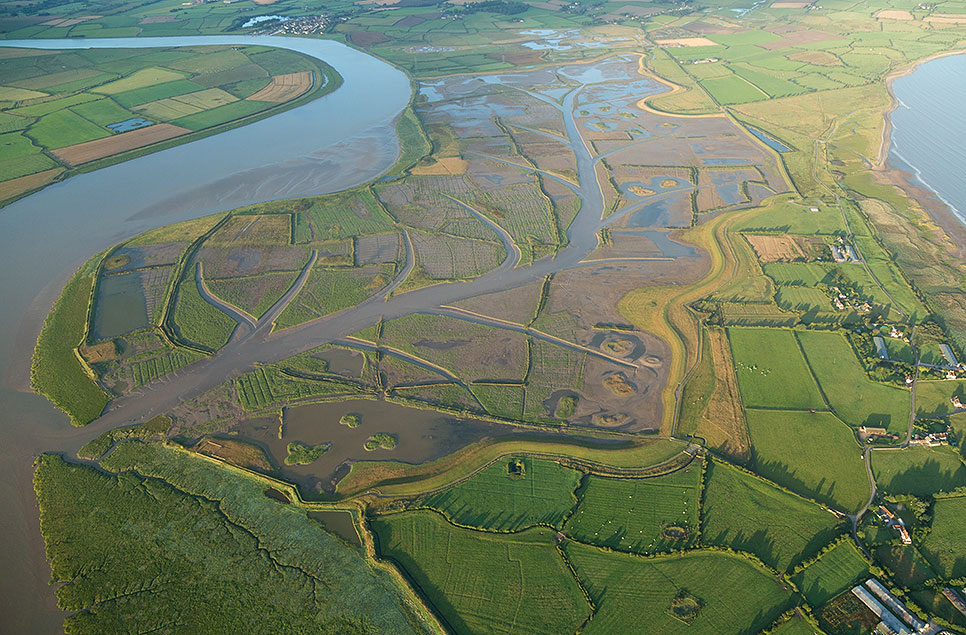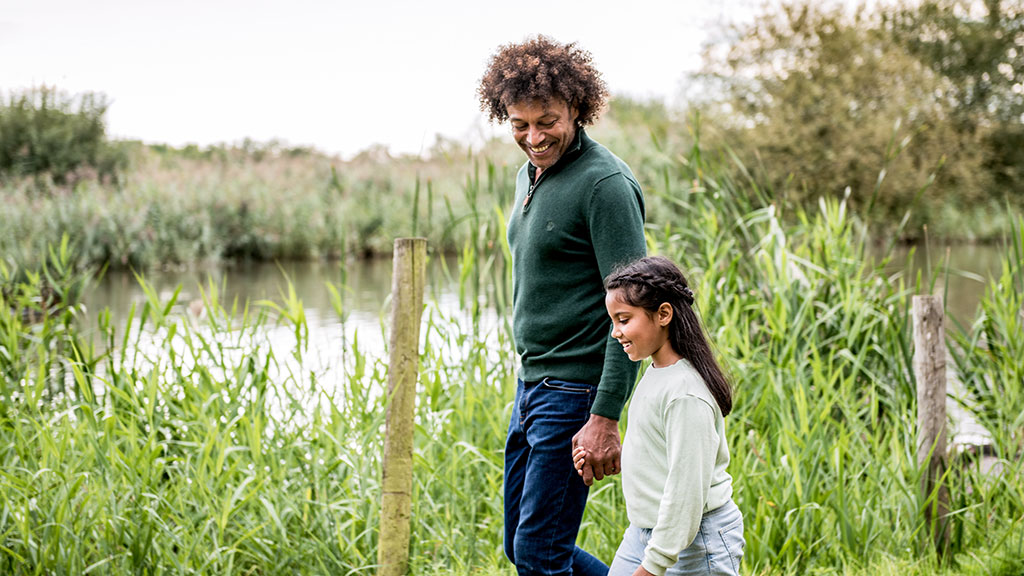WWT responds to Environment Agency’s warning that reaching net zero ‘not enough to save our planet’
Environment Agency Chief Executive Sir James Bevan warned government and business on Tuesday (16 March) that we need climate adaptation measures as well as net zero ambitions, describing them as “two sides of the same coin”.

Environment Agency Chief Executive Sir James Bevan warned government and business on Tuesday (16 March) that we need climate adaptation measures as well as net zero ambitions, describing them as “two sides of the same coin”.
WWT’s Head of Policy and Advocacy Tom Fewins responded in a press statement, saying: “Building a large, network of healthy wetlands across the UK could provide multi-benefit, uniquely effective climate adaptation measures to help the UK build resilience to the impacts of climate change, and help us meet our net zero ambitions. Wetlands are the two sides of the coin that Sir James Bevan is calling for.”
Tom explained in his statement how, through the Blue Recovery initiative, WWT wants to create and restore 100,000 hectares of new nature-rich wetlands across the UK to help combat the climate emergency and its effects, particularly in terms of storing carbon and reducing the impact of flooding as well as other ‘eco-system’ benefits.
He said: “Wetlands are critical blue infrastructure we can be putting in place now to reduce climate impacts and increase our resilience, from vast saltmarshes that store carbon through wetland features that reduce flooding, to urban wetlands that combat urban heating and flash flooding.”
Sir James warned in his speech that focusing efforts solely on reducing and offsetting emissions will not be enough to properly combat the climate emergency. While praising the private and public sectors’ vital net zero ambitions, he urged them to adopt “net zero plus”: reducing emissions while also adapting to the more extreme weather and rising sea levels that are inevitable due to damage already done.
Sir James told the Whitehall and Industry Group’s Net Zero Roundtable: “Even if the world was to stop all its carbon emissions tonight, the effects of the emissions that have already happened will continue to make themselves felt for decades. Global average temperatures have already warmed 1˚C above preindustrial temperatures, and we’re already seeing evidence of more frequent and more extreme flooding, droughts, water shortages and wildfires; faster and more extreme coastal erosion; and potentially permanent damage to habitats, plants, wildlife and cultural heritage.”
He called for infrastructure, cities and the economy to be designed and built in a way that makes them resilient to the effects of the changing climate. “But the point is not just to survive,” he went on. “If we adapt right we can thrive too. Climate adaptation offers all of us, a world of new opportunities. There are economic opportunities: to innovate and drive growth. But the most exciting opportunity of all is the opportunity to create a better world: to build back better when flooding or drought damages homes and businesses; to create cleaner, greener cities which are more beautiful and better to live in than the ones we have now; and enhance nature at the same time as we lock up more carbon.”
Tom added: “We’re calling for a green recovery with a blue recovery at its heart, where large connected networks of wetlands will help provide the better world that Sir James is calling for. Healthy wetlands can help to cost-effectively and sustainably prevent homes and businesses flooding, they can create beautiful blue spaces in cities and absorb carbon more effectively than many other habitats, as well as cleaning water and bringing life back to our water bodies.”
James Robinson, Director of Conservation at WWT, concluded: “From our wild and windswept coastlines to our crowded, concrete jungles, we all stand to gain so much from putting nature-rich wetlands back into our lives.”
Facts and figures
- Wetlands store more carbon than all the world’s forests combined, helping to combat climate change
- WWT Steart Marshes, a 480ha nature reserve of coastal saltmarsh in Somerset is storing carbon at a rate of 25-32 tonnes of carbon per hectare per year
- After approximately six years the newly laid down sediment at Steart Marshes is already storing twice as much organic carbon as when it was agricultural land
- Coastal wetlands such as saltmarshes can also provide a buffer to local coastal communities from storm surges and rising sea levels, and inland and urban wetlands can help slow the flow of water by storing and releasing it slowly once water levels have decreased, as part of natural flood management
- The Government’s Natural Capital Committee identified “a good economic case for expanding the extent of wetland areas by around 100,000ha” to provide a cost benefit ratio of 9:1
What is needed to help wetlands achieve the EA’s vision
Creating and restoring wetlands can play an important role in helping to achieve the EA’s vision of effective climate adaptation measures, as well as meeting the UK’s net zero ambitions. To do this we need:
- Better information - data on the location and condition of wetlands, the evidence of the benefits they provide and effective guidance for practitioners
- Better planning - measurable targets, effective use of existing strategies and clear standards for best practice
- Better funding - effective use of public funding, with mandatory requirements and financial incentives to drive private sector investment



